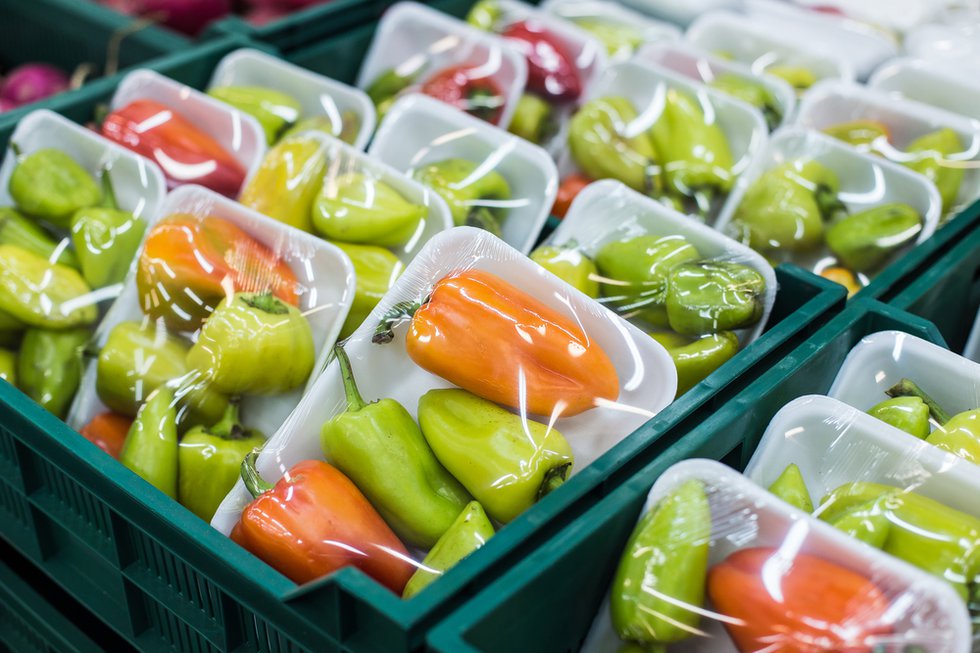
Shutterstock
Single-use food and drink containers constitute a significant share of the plastic packaging that is thrown out by households,1 so it is unsurprising that these are the target of many sustainability initiatives, which encourage reusable and refillable plastic alternatives. However, these schemes have relatively low uptake as packaging often contains leftover residues, leading to the growth of bacteria, moulds and mildews.
Uncontrolled microbial growth can cause decolouration, unpleasant odours and premature degradation of plastic items, significantly decreasing their functional lifetime and discouraging consumers from reusing them. In addition, many consumers are also now more aware of the potential for unseen microbial growth, with a recent survey indicating that 72 per cent of consumers admit to worrying about exposure to bacteria.2. Plastic packaging can therefore be challenging to keep at a high standard of cleanliness, making it easier to simply dispose of damaged containers, as replacements are affordable and readily available.
Antimicrobial technology: the solution to a throwaway culture
Built-in antimicrobial technologies can be incorporated into plastic packaging to help prevent the growth of microbes on surfaces, keeping products cleaner and more visually appealing to users for longer. This technology is present and active for the entire usable lifetime of the product, protecting it right from the start to the end of its cycle. This encourages consumers to continually reuse products, helping to curb the needless disposal or downcycling of high-quality plastics. These antimicrobial chemistries can be added into a wide range of plastic and polymer substrates, using methods that are fully compatible with existing manufacturing processes, making this technology accessible for numerous applications and industries.
Antimicrobial technologies have the potential to disrupt various markets and drive current packaging trends by providing manufacturers with valuable, marketable benefits for their consumers. To gain the most from this, it is important for manufacturers to work with a globally-trusted antimicrobial technology company that can develop the right chemistry for each application, with strong scientific backing from extensive laboratory testing.
Summary
Global attitudes and behaviours are continuing to shift away from single-use plastics to more durable, sustainable packaging, prompting manufacturers to find novel ways to keep products serviceable for longer. Built-in antimicrobial technologies can help to prevent the growth of microbes on packaging, encouraging a culture of reuse to help slow down the accumulation of plastic waste in the future.
References
1 Statista. 2022. UK: plastic packaging waste types 2022. Accessed 11th July 2023. Available at https://www.statista.com/statistics/1328070/plastic-packaging-waste-types-uk/.
2 Multi-sponsor Surveys. 2020.
